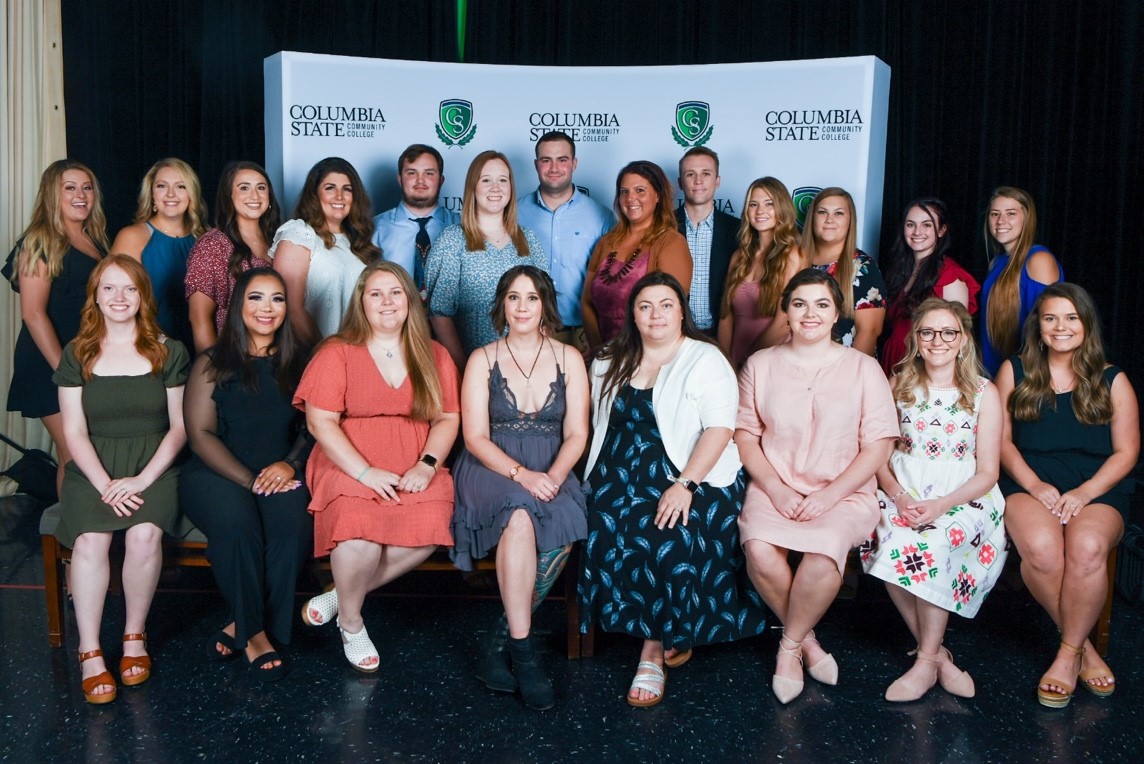Columbia State Honors Radiologic Technology Graduates

Columbia State Community College recently honored 21 radiologic technology graduates in a pinning ceremony in the Cherry Theater on the Columbia Campus.
“A new generation of health care heroes just entered the workforce,” said Rose Hobby, program director and associate professor of radiologic technology. “This group began in January 2020 - they couldn’t have anticipated something as life-altering as COVID-19 to impact their education or future profession.”
Program graduates must take and pass the American Registry of Radiologic Technologists board licensure exam in order to secure employment. Currently, the five-year average first-attempt pass rate for Columbia State is 94%, which is above the national average pass rate of 88%.
The success of this program lies in the success of its students. Many graduates have already secured jobs and several students will pursue advanced certifications as well as specializing in various imaging modalities.
“The rad tech class of 2021’s learning experience at Columbia State required unprecedented levels of creativity and flexibility,” said Dr. Kae Fleming, dean of the Health Sciences Division and professor of radiologic technology. “Protocols and requirements and expectations sometimes changed minute-by-minute yet everyone stayed focused on the completion goal. These graduates’ hard-earned success is a direct result of the combined determination of students, faculty, and clinical partners.”
Columbia State’s radiologic technology program is a rigorous 20-month program in which students learn imaging science in order to become a radiographer and work in a variety of settings, including hospitals, doctors’ offices and other health care facilities. This program strives to produce competent and compassionate medical imaging professionals to serve our community and continue their education.
“These graduates chose to stay the course - facing a very scary reality that rocked the health care profession,” Hobby continued. “They’ve seen first-hand how COVID-19 has changed health care and still chose to continue on to serve the community. This is a testament to the dedication of both of students and clinical affiliates.”
Upon completion of the program, graduates are qualified to produce images of patients’ internal structures for use in diagnosing medical problems.







